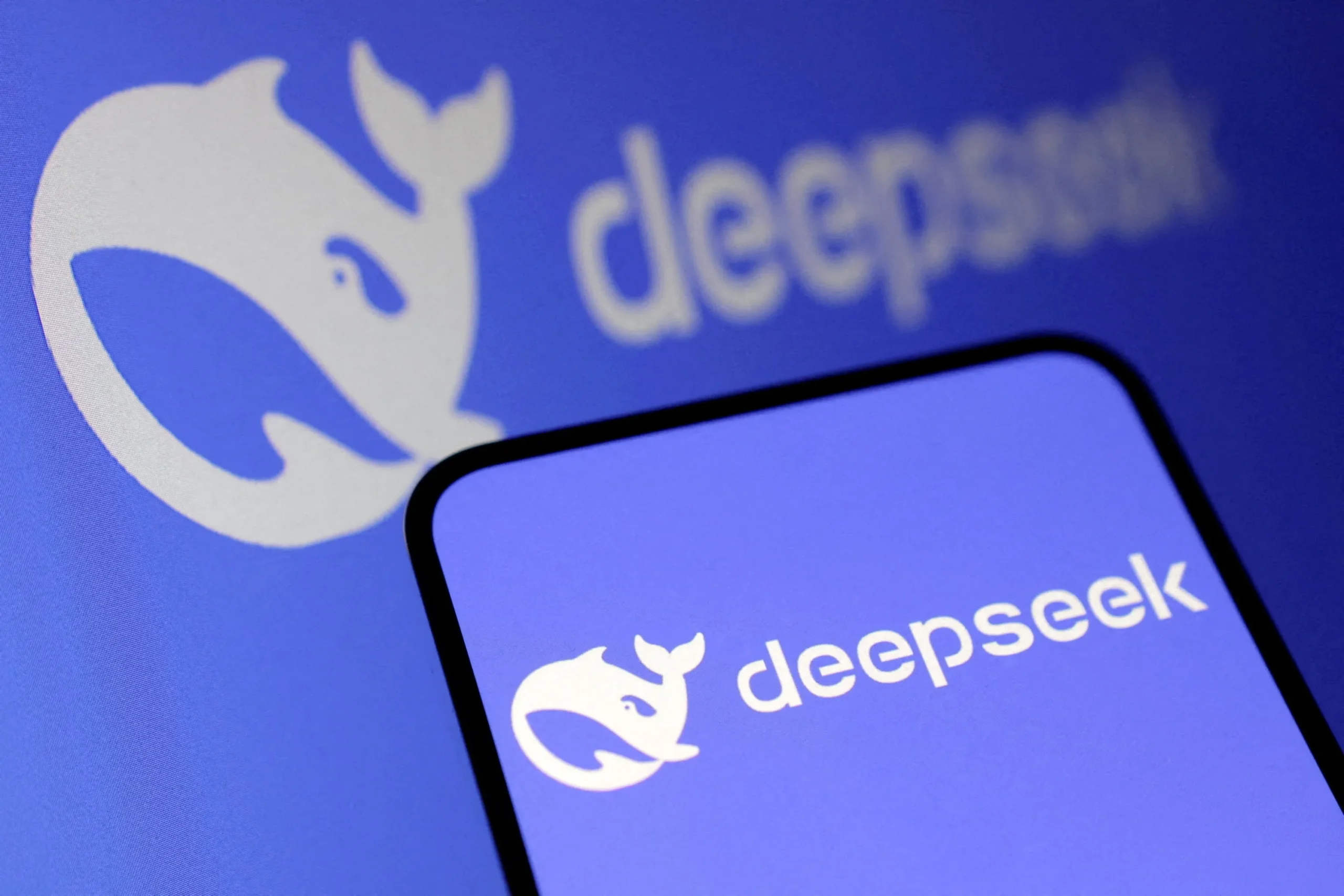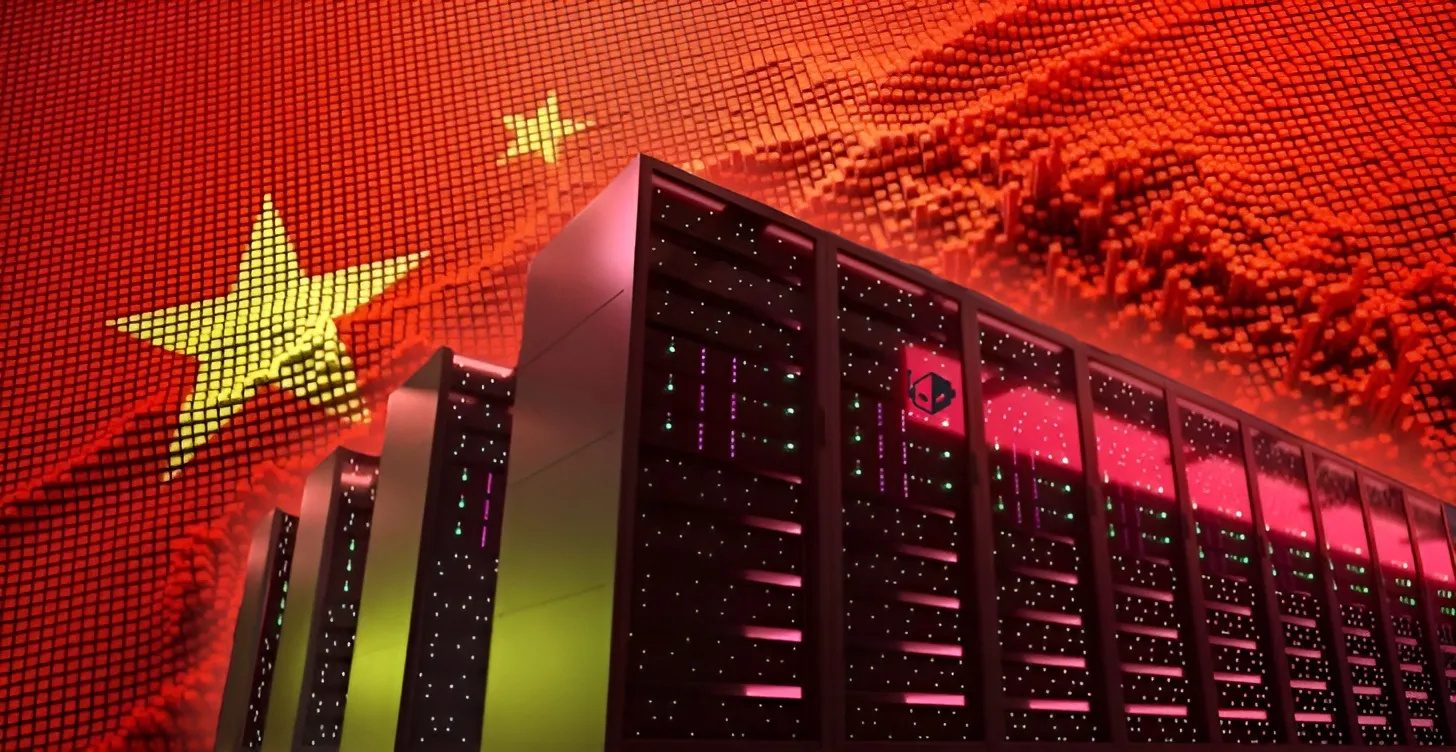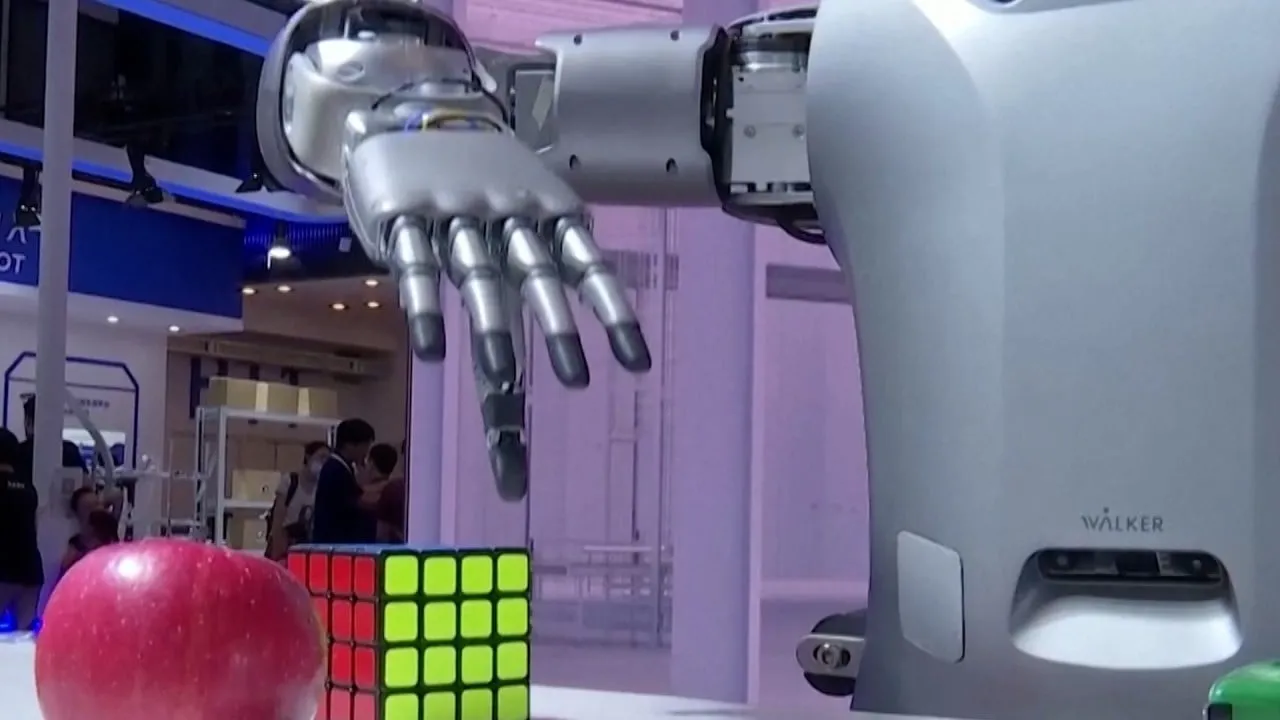China’s ambitious leap into the AI race has captivated the world’s attention, but as the dust settles, it raises an unsettling question: has the AI boom gone bust? Just a few months ago, China’s tech scene was buzzing with excitement over the influx of high-end Nvidia GPUs and the rapid development of AI infrastructure. However, recent reports suggest that the very foundation of this AI revolution is crumbling. As government funding dries up and projects falter, experts are starting to wonder if China’s AI bubble is about to burst—perhaps faster than anyone anticipated.

A Rapid Rise and a Sudden Fall
In 2023, the demand for Nvidia’s cutting-edge AI hardware reached extraordinary levels. Specially-designed Nvidia H100 chips, essential for training AI models, were in such high demand that they fetched astronomical prices—up to 200,000 yuan ($28,000) on the black market. Data centers sprouted up across China, with plans to house the AI servers and power the country’s tech future. But despite the hype and investments, a report by MIT Technology Review has revealed that China’s AI boom is rapidly losing momentum.
What went wrong? It turns out that China’s grand expansion of AI infrastructure was more ambitious than it was practical. According to industry insiders, there was a major misalignment between the infrastructure that was being built and the actual demands of the market. Many of the newly constructed data centers were built with limited foresight, resulting in inefficiencies. The rush to expand also led to poor planning, as many centers failed to account for the different needs of training versus inference workloads.
Alibaba’s CEO, one of the most influential figures in China’s AI space, pointed to a significant flaw in this approach. He noted that while the country focused heavily on building capacity for training AI models—an energy and resource-intensive process—it neglected the equally important task of inference, which is necessary for simplifying data. This imbalance left China’s AI sector flooded with expensive GPUs, while newly built data centers sat largely underutilized.

The Reality Behind the AI Gold Rush
Further complicating matters, some companies appear to have used AI infrastructure as a tool to score government subsidies, green energy deals, or land incentives, without any genuine intent to engage in AI research or development. A report from MIT suggests that certain companies were more interested in securing loans and tax breaks than in building sustainable AI operations. Worse, some developers sold electricity that was initially earmarked for AI operations back into the power grid for a profit, leaving the AI projects to wither on the vine.
In an even more startling revelation, it was reported that of the 144 companies that registered with China’s Cyberspace Administration to develop Large Language Models (LLMs) last year, only about 10% remained committed to AI training by the end of the year. The rest had simply abandoned their AI initiatives, further dampening the industry’s prospects.
Jimmy Goodrich, senior technology advisor at RAND Corporation, summed up the situation: “The growing pain China’s AI industry is going through is largely a result of inexperienced players—corporations and local governments—jumping on the hype train, building facilities that aren’t optimal for today’s need.”

The DeepSeek Dilemma
Despite the unraveling of much of China’s AI sector, there is one bright spot: DeepSeek, China’s own AI lab. Last month, DeepSeek stunned the tech world when its large language model, R1, outperformed leading models from American tech giants like OpenAI, Meta, and Anthropic. DeepSeek’s V3 model achieved this remarkable feat with a training cost of just $5.6 million—far cheaper than the hundreds of millions that U.S. companies typically spend.
This accomplishment is even more impressive given the challenges posed by U.S. sanctions. The United States has restricted the export of high-end AI chips, like Nvidia’s H100, to China, yet DeepSeek has managed to work around these barriers and push the envelope on AI efficiency. DeepSeek’s breakthrough has forced many AI companies to reassess their hardware requirements and scale. It’s a clear signal that China’s AI potential, while still promising, is still finding its footing in an uncertain market.

What’s Next for China’s AI Sector?
Even as China struggles with the growing pains of its AI infrastructure, the global outlook remains mixed. Wall Street is still bullish on the long-term potential of AI, particularly with the rise of more power-efficient AI models like DeepSeek’s. However, the future of AI demand remains uncertain. Nikki Hsu, a utilities analyst at Bloomberg Intelligence, pointed out that “demand is definitely going to rise, but by how much, we don’t know.” It’s a sentiment echoed by Carlos Torres Diaz, head of power markets research for Rystad Energy, who suggested that data centers may simply process more data as they become more efficient.
For the U.S., the rise of AI could have massive energy implications. According to the Electric Power Research Institute (EPRI), data centers in the U.S. are expected to consume up to 9% of the country’s total electricity by the end of the decade, a significant increase from the current 1.5%. This shift is driven by the ever-growing power demands of generative AI and other cutting-edge technologies.

Will China’s AI Bubble Burst?
In the end, the fate of China’s AI sector remains unclear. On the one hand, the country’s investments in AI infrastructure were enormous, and the ambition was certainly there. However, as the initial excitement wears off and the practical realities of AI development set in, the cracks in China’s AI bubble are becoming increasingly apparent. Whether or not this bubble will burst, and how quickly, remains to be seen. As China recalibrates its AI ambitions, the global tech community will be watching closely to see how this high-stakes race plays out.









